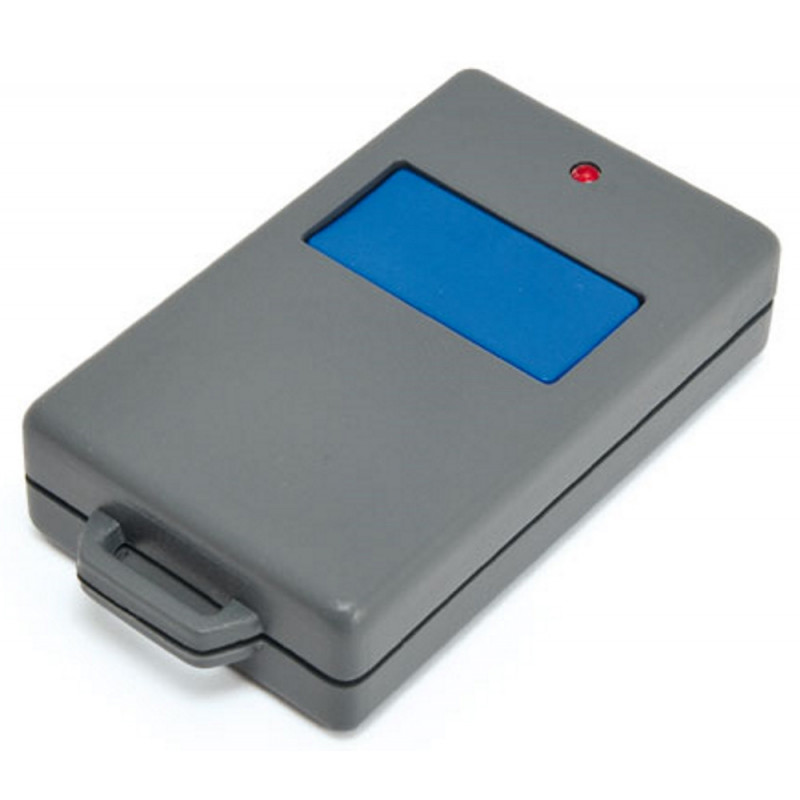








Handsender, der auf dem Funkmodul LoRa SX1278 basiert und vom Mikrocontroller ATmega32u4 verwaltet wird. Geeignet für die Verwendung mit dem LoRa-Schild (siehe verwandte Produkte), können Sie Funkbefehle mit großer Reichweite erstellen. Für die Programmierung über die Arduino IDE steht eine Micro-USB-Buchse zur Verfügung.
 Sichere Zahlungen
Sichere Zahlungen
Bezahlen Sie sicher mit Kreditkarte, PayPal, Amazon Pay oder Banküberweisung
 Schneller Versand
Schneller Versand
Wir liefern in ganz Europa und weltweit mit UPS, DHL und DPD
 Einfache Rückgabe in 30 Tagen
Einfache Rückgabe in 30 Tagen
Sie haben 30 Tage ab Lieferung Zeit, das Produkt zurückzugeben, wenn Sie nicht zufrieden sind
|
Trasmettitore palmare basato sul modulo radio LoRa SX1278 e gestito dal microcotrollore ATmega32u4. Adatto per essere utilizzato in abbinamento allo shield LoRa (vedere prodotti correlati), permette di realizzare comandi via radio long-range. Per la programmazione, tramite l’IDE Arduino, è disponibile una presa micro USB. Il trasmettitore viene alimentato tramite una batteria a 12V tipo A23 con un consumo medio di circa 20 mA durante l’attività. Il radiocomando viene fornito montato, collaudato e completo di contenitore. |
|
Uso Alternativo dell’Hardware del Telecomando |
|
Se in parallelo al pulsante colleghiamo un contatto pulito, come ad esempio un contatto reed di quelli per porte e finestre (quello degli antifurto, ndr), realizzeremo un efficiente sensore wireless di allarme anti-intrusione. Questi utilizzi alternativi del telecomando sono utilizzi che contano sull’attivazione momentanea del circuito che ha una alimentazione fornita da una piccola batteria non ricaricabile. Ma è già allo studio una ulteriore elaborazione del circuito del telecomando. In questa nuova schedina, di dimensioni non troppo distanti da quella del telecomando, sarà aggiunto un carica batteria per batterie LiPo da 3,7 V. Il risultato sarà quello di avere una scheda completa di processore e modulo radio con la possibilità di essere auto-alimentata e di restare sempre accesa. |
|
Caratteristiche tecniche |
|
|
Documentazione e link utili |
Vielleicht gefällt Ihnen auch